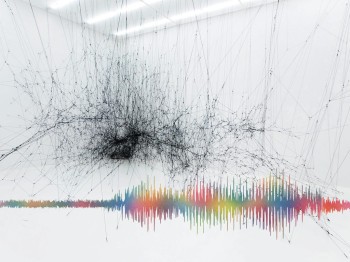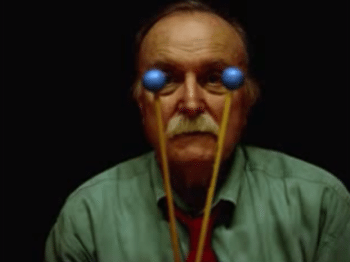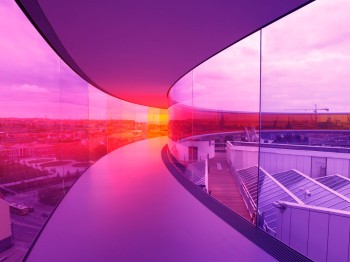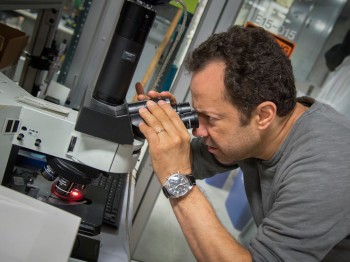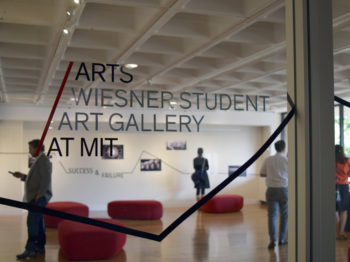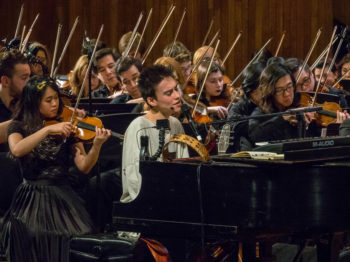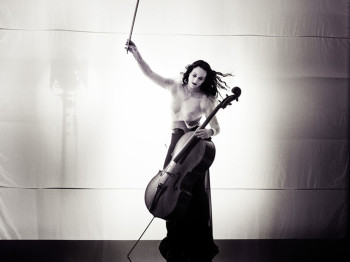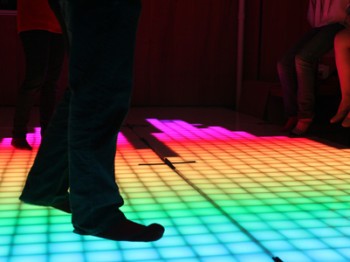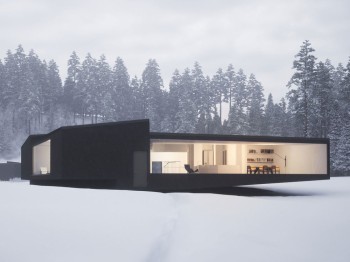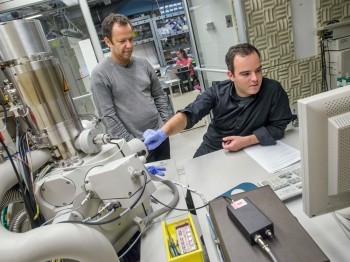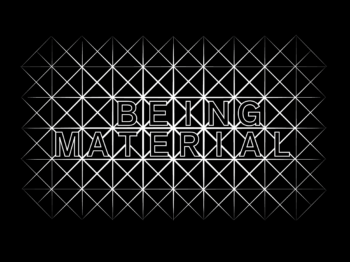The MIT Center for Art, Science & Technology (CAST) Visiting Artists program is distinctive for its emphasis on the research and development phase of artistic work. In addition to presenting new work, residencies embed artists in the ongoing research and teaching at MIT, where scientists and engineers are open to artists’ speculative and hands-on way of working. The program hosts artists from a wide range of visual and performing arts disciplines each academic year, exposing students to the creative process and fostering cross-fertilization among disciplines.
The Dasha Zhukova Distinguished Visiting Artist Program, launched in Fall 2016, creates the opportunity for artists to shape new creative projects over a period of two years of sustained, in-depth research and development.
Visiting Artist Collaborations are supported by the Ida Ely Rubin Artists in Residence Fund, Abramowitz Memorial Lectureship Fund, and the Alan W. Katzenstein (1942) Memorial Fund.
Read more about the programs that CAST has sponsored in the 2012-14 Program Report (PDF), 2014-15 Program Report (PDF), 2015-16 Program Report (PDF), 2016-18 Program Report (PDF), 2019-20 Program Report (PDF), and 2021-22 Program Report (PDF).
